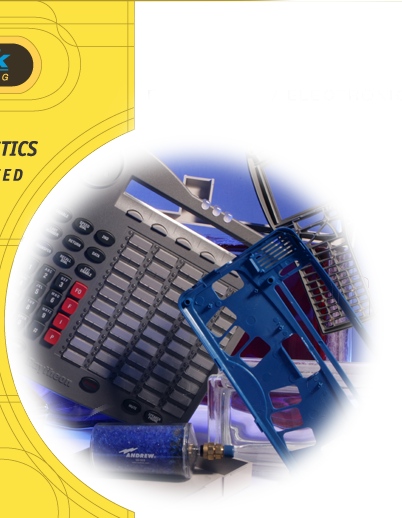Communication is always important, but during a disaster it becomes paramount. Hard phone lines are an afterthought, if they’re still standing. If phone lines go down, we’re left with cellular networks that quickly become overloaded. Indeed, the internet is the backbone of contemporary communications, from email and Twitter to Instagram and WhatsApp. If we suffer an internet outage, we’re at a loss for how to communicate with the connected world.
When cellular networks and internet infrastructure are impaired, the current solution is to jerry-rig hardware replacements to act as a kind of stop-gap until the infrastructure can be restored to its original state. This approach to communication restoration has several faults, though. It takes time to implement these provisional solutions. The equipment needs to be transported, deployed and initialized. Until this happens, communications throughout the disaster area are incapacitated.
IoT for disaster communication
The adoption of IoT has led to more than 5 billion connected devices (wearables, sensors, implantables, etc.) in use today. There are varying accounts of how quickly these devices will proliferate, but everyone agrees the number is poised to increase rapidly over the next few years. These devices are perfect candidates to communicate with the outside world in isolated disaster zones.
Using SDN to help IoT in a disaster
The devices that make up the IoT are an eclectic bunch, so managing them effectively is a complex task. The diversity of devices will increase the chances that some will survive, but without a way for them to talk to each other, they’ll be useless. Differences in networking hardware and software need to be overcome, and the only way to do that is to put the data traffic controls in the capable hands of software-defined networking (SDN). SDN separates the data plane from the control plane, and with a standard SDN protocol, IoT devices will be able to communicate with each other, even between disparate devices.
Mesh networks for disaster relief
IoT has built-in redundancy — it’s basically a mesh network of very low-bandwidth devices. If you lose nodes in the mesh, it will still function, especially with the added direction of SDN routing that optimizes node hopping through the mesh. It’s possible for responders to track the number of nodes and how they’re moving to gain insight into the disaster and how the people in the disaster zone are reacting. This is all for low-power, IoT mesh networks. For a more robust post-disaster network, software-defined wireless mesh networks might be a more versatile solution.
The general public, equipped with billions of connected devices, is our best weapon to mitigate disaster. The network should evolve with this in mind, injecting SDN protocols into IoT and mobile devices to take advantage of the undulating sea of potential mesh nodes already out in the world.

